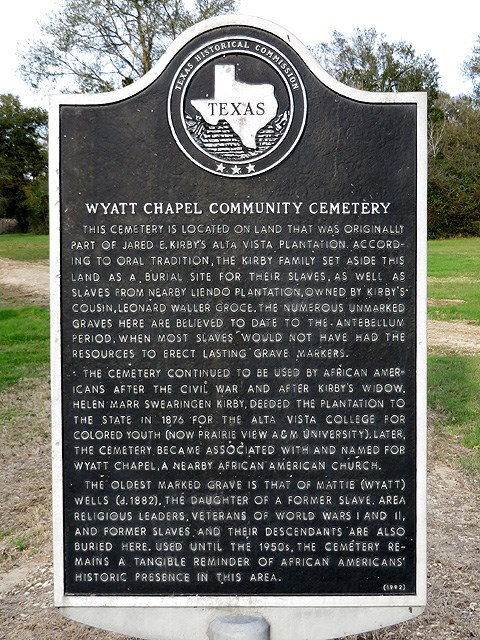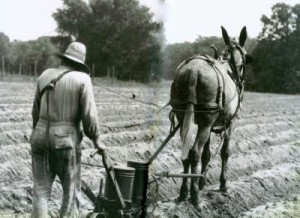With the TIPHC mission to collect, preserve, study and make available research information, records, documents, and artifacts relating to the history, culture, and experiences of African Americans, various research projects will be conducted to provide the community materials for awareness and educational purposes.
TIPHC is open to suggestions, referrals, donations, and volunteers to help support our research efforts in preserving our past and protecting our future.
Afro-Mexicans: “Afromestizos”
Although there is evidence of an African presence in Mesoamerica (c. 800) during the Olmec civilization, Spaniards brought Africans to Mexico (“New Spain”) as slaves to work in the sugar fields and gold and silver mines in the 16th century. New Spain probably had more enslaved Africans than any other colony in the Western Hemisphere. Many Blacks were born in Mexico and followed their parents into slavery, which was abolished in Mexico in 1829. The town of Yanga, in the state of Veracruz, was one of the Americas' earliest “maroon” (escaped slaves) communities. Originally known as San Lorenzo de los Negros, in 1932 the town was renamed for its founder, a rebellious Muslim from Nigeria.

Wyatt Chapel Cemetery
A collaboration between Rice University and PVAMU to perform a geophysical investigation of the site towards gaining a historical designation for the cemetery.
The 1917 Houston Riots/Camp Logan Mutiny
The darkest social blemish in Houston's history occurred on the steamy night of Aug. 23, 1917. The Houston Riot, also called the Camp Logan Mutiny, is known as the only race riot in U.S. history where more whites (15) than blacks (4) died. The incident led to the largest court martial in U.S. military history. Here is an examination of that night as well as the events leading to it and the aftermath that included 19 members (who's guilt was questionable) of the 24th Infantry, a unit of the famed "Buffalo Soldiers," being led to the gallows and buried in practically unmarked graves at Fort Sam Houston in San Antonio.

Coming to Texas, 1528-1836
Approximately 54% of all enslaved Africans brought to the New World between 1519 and 1700 disembarked in Spanish America, and New Spain (Mexico) received its share through the ports of Veracruz where Africans were first brought and taken for work in the country's gold and silver mines, as servants, field workers and other labors. So numerous were Africans in New Spain that by 1570 the 20,569 Africans there were three times the Spanish population. The Africans spread out through New Spain, including heading north and across the Rio Grande inter-marrying with indigenous people, running away from slavery (marronage) and starting their own communities. Some became the first black Texans. This package of stories examines how Africans first came to this part of the world and the resulting cultural effects.

Courage and Determination
This wonderful online exhibit on the history of African-American physicians in Texas is courtesy of the Texas Medical Association. Some of the state's first black physicians were born into slavery, such as Franklin R. Robey, MD, of Houston, and others were the children of slaves. Maps, vintage images, and a timeline trace key events starting in 1837 and continuing until 2009 when TMA elected its first African-American president, William H. Fleming III, MD, a Houston neurologist.
Juneteenth: "The Emancipation Proclamation - Freedom Realized and Delayed"
The 150th anniversary of the Emancipation Proclamation was marked in 2013. President Abraham Lincoln signed the proclamation on Jan. 1, 1863. The order officially freed all slaves within the states or parts of states, basically the Confederate states, including Texas, that were in rebellion against the Union. However, the proclamation did not apply to the one million slaves in Union territory who remained in bondage and word of the edict would not officially reach Texas for another two and half years - June 19, 1865.

Emancipation Means Migration!
Starita Smith, Ph.D., writes about the aftermath of the Emancipation Proclamation in Texas: "The months and years after the Emancipation Proclamation finally made it to Texas on June 19, 1865 (Juneteenth) were full of uncertainty and movement for ex-slaves. After having every part of their lives controlled by their owners, these African Americans had to figure out how they were going to put food on the table, house themselves, and make a better future for their families than the past they had endured. In many cases the end of slavery meant that African Americans could try to reunite their families by looking for sons and daughters, mothers and fathers, husbands and wives, and other loved ones who had been separated from them by sale to different owners in other states. While some traveled in the iconic wagon trains of Western history, most walked from place to place searching for new possibilities."
